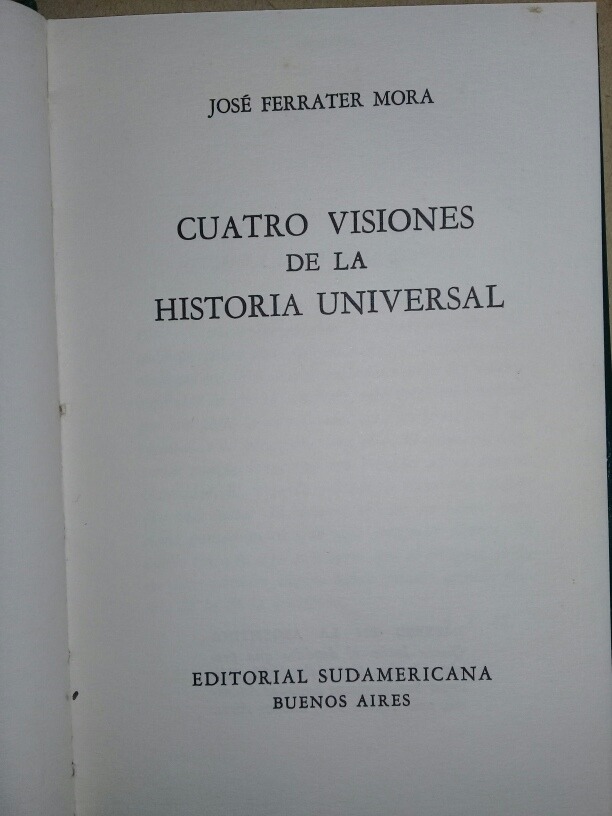

- #Cuatro visiones historia universal pdf to word how to#
- #Cuatro visiones historia universal pdf to word free#
Bakelite was not only a good insulator it was also durable, heat resistant, and, unlike celluloid, ideally suited for mechanical mass production. Baekeland had been searching for a synthetic substitute for shellac, a natural electrical insulator, to meet the needs of the rapidly electrifying United States. In 1907 Leo Baekeland invented Bakelite, the first fully synthetic plastic, meaning it contained no molecules found in nature. And the plastics revolution was only getting started. Inexpensive celluloid made material wealth more widespread and obtainable.

#Cuatro visiones historia universal pdf to word free#
The creation of new materials also helped free people from the social and economic constraints imposed by the scarcity of natural resources. Plastics could protect the natural world from the destructive forces of human need. Advertisements praised celluloid as the savior of the elephant and the tortoise. This development helped not only people but also the environment. But now humans could create new materials.

Nature only supplied so much wood, metal, stone, bone, tusk, and horn. For the first time human manufacturing was not constrained by the limits of nature. By treating cellulose, derived from cotton fiber, with camphor, Hyatt discovered a plastic that could be crafted into a variety of shapes and made to imitate natural substances like tortoiseshell, horn, linen, and ivory. The growing popularity of billiards had put a strain on the supply of natural ivory, obtained through the slaughter of wild elephants. The first synthetic polymer was invented in 1869 by John Wesley Hyatt, who was inspired by a New York firm’s offer of $10,000 for anyone who could provide a substitute for ivory. Especially over the last 50 years plastics have saturated our world and changed the way that we live.
#Cuatro visiones historia universal pdf to word how to#
These properties make synthetic polymers exceptionally useful, and since we learned how to create and manipulate them, polymers have become an essential part of our lives. In other words, it’s what makes them so plastic. It is the length of these chains, and the patterns in which they are arrayed, that make polymers strong, lightweight, and flexible. Synthetic polymers are made up of long chains of atoms, arranged in repeating units, often much longer than those found in nature. Over the last century and a half humans have learned how to make synthetic polymers, sometimes using natural substances like cellulose, but more often using the plentiful carbon atoms provided by petroleum and other fossil fuels. Cellulose, the material that makes up the cell walls of plants, is a very common natural polymer. The word polymer means “of many parts,” and polymers are made of long chains of molecules. Plastic is a word that originally meant “pliable and easily shaped.” It only recently became a name for a category of materials called polymers. What Are Plastics and Where Do They Come From?


 0 kommentar(er)
0 kommentar(er)
